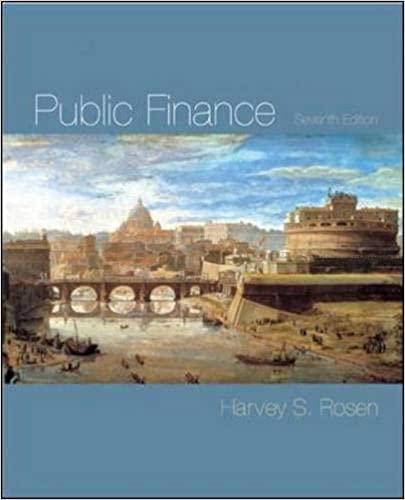If the market's required rate of return is 10% and the risk-free rate is 5%, what is the fund's required rate of return? Do not round intermediate calculation Round your answer to two decimal places. % Suppose TRFR=4%,TM=13%, and bi=1.9. a. What is in, the required rate of return on Stock i? Round your answer to one decimal place. % b. 1. Now suppose rer increases to 5%. The slope of the SML remains constant. How would this affect n and n ? I. Both m and n will decrease by 1 percentage point. II. Both m and n will remain the same. III. Both rM and n will increase by 1 percentage point. IV. m will remain the same and n will increase by 1 percentage point. V.r will increase by 1 percentage point and n will remain the same. 2. Now suppose rrF decreases to 3%. The slope of the SML remains constant. How would this affect rM and n ? 1. MM will decrease by 1 percentage point and n will remain the same. II. rm will remain the same and n will decrease by 1 percentage point. III. Both rm and n will increase by 1 percentage point. IV. Both rm and n will remain the same. V. Both rm and n will decrease by 1 percentage point. 1. Now assume that rRs remains at 4%, but rM increases to 14%. The slope of the SML does not remain constant. How would these changes affect n ? Round your answer to one decimal place. The new n will be \%. 2. Now assume that rRF remains at 4%, but rm falls to 12%. The slope of the SML does not remain constant. How would these changes affect n ? Round your answer to one decimal place. The new n will be %. If the market's required rate of return is 10% and the risk-free rate is 5%, what is the fund's required rate of return? Do not round intermediate calculation Round your answer to two decimal places. % Suppose TRFR=4%,TM=13%, and bi=1.9. a. What is in, the required rate of return on Stock i? Round your answer to one decimal place. % b. 1. Now suppose rer increases to 5%. The slope of the SML remains constant. How would this affect n and n ? I. Both m and n will decrease by 1 percentage point. II. Both m and n will remain the same. III. Both rM and n will increase by 1 percentage point. IV. m will remain the same and n will increase by 1 percentage point. V.r will increase by 1 percentage point and n will remain the same. 2. Now suppose rrF decreases to 3%. The slope of the SML remains constant. How would this affect rM and n ? 1. MM will decrease by 1 percentage point and n will remain the same. II. rm will remain the same and n will decrease by 1 percentage point. III. Both rm and n will increase by 1 percentage point. IV. Both rm and n will remain the same. V. Both rm and n will decrease by 1 percentage point. 1. Now assume that rRs remains at 4%, but rM increases to 14%. The slope of the SML does not remain constant. How would these changes affect n ? Round your answer to one decimal place. The new n will be \%. 2. Now assume that rRF remains at 4%, but rm falls to 12%. The slope of the SML does not remain constant. How would these changes affect n ? Round your answer to one decimal place. The new n will be %








